Table of content
Cooking squid at home can be an exhilarating culinary adventure, offering a delightful blend of textures and flavors that can elevate any meal. Whether you’re a seasoned chef or a novice in the kitchen, mastering the art of preparing squid can add a sophisticated twist to your dining table. This comprehensive guide will walk you through the process, from selecting the freshest squid to crafting a variety of mouthwatering dishes that will leave your taste buds tantalized. By the end, you’ll be confident in your ability to transform this versatile seafood into a culinary masterpiece.

Understanding Squid: The Basics
Before diving into the recipes, it’s crucial to understand the basics of squid. Squid, also known as calamari, are cephalopods characterized by their elongated bodies, eight arms (with two longer tentacles), and a triangular fin on their backs. Their flesh is tender yet slightly chewy, making them ideal for a range of cooking methods, from quick stir-fries to slow braises.
Selecting Fresh Squid
- Appearance: Fresh squid should have a firm, slightly rubbery texture and a clean, slightly salty smell. Avoid any that appear slimy or have a strong, unpleasant odor.
- Eyes: The eyes should be clear and not cloudy.
- Skin: The outer skin should be easy to peel off, indicating freshness.
Preparation Techniques
- Cleaning: Begin by rinsing the squid under cold running water. To clean, grasp the head and pull it away from the body. Cut just below the eyes to remove the beak and ink sac (which can be discarded or reserved for specific recipes like squid ink pasta). Turn the body inside out and remove any internal organs and the transparent quill (a plastic-like bone). Rinse thoroughly.
- Skinning: Peel off the outer skin using a sharp knife or your fingers. This step is optional but recommended for a cleaner presentation.
- Scoring: To tenderize and ensure even cooking, make diagonal cuts across the surface of the squid tubes (bodies). Be careful not to cut through completely.
Cooking Methods: The Art of Preparing Squid
Squid’s delicate texture means it’s crucial to choose the right cooking method to avoid overcooking, which can result in rubbery, unpleasant texture. Here are some popular techniques:
Stir-Frying
Stir-frying is a quick and efficient way to cook squid, preserving its tender texture and enhancing its flavor with a variety of spices and sauces.
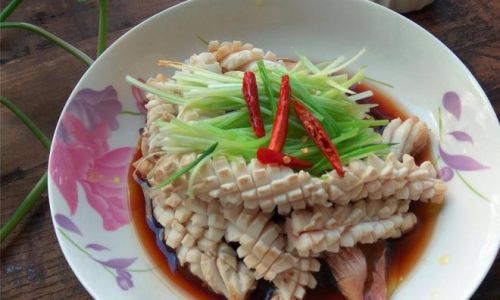
- Ingredients: Fresh squid, garlic, ginger, soy sauce, sesame oil, vegetables (like bell peppers or broccoli), and cornstarch for thickening (optional).
- Instructions:
- Slice the squid into rings or tubes, depending on your preference.
- Heat a wok or large skillet over high heat with a blend of vegetable and sesame oils.
- Add minced garlic and sliced ginger, stirring until fragrant.
- Add the squid and stir-fry for about 2-3 minutes until it turns opaque and slightly curly.
- Add vegetables and continue to stir-fry until they are tender-crisp.
- Pour in a mixture of soy sauce, a splash of rice vinegar, and a touch of sugar to taste.
- If desired, thicken the sauce with a slurry of cornstarch and water.
- Serve immediately over rice or noodles.
Grilling
Grilling squid adds a smoky, caramelized flavor that’s perfect for summer barbecues or a casual outdoor dinner.
- Ingredients: Fresh squid, olive oil, lemon juice, salt, pepper, and your favorite herbs (like thyme or rosemary).
- Instructions:
- Prepare the squid by cleaning and scoring as described above.
- Pat the squid dry with paper towels to ensure even grilling.
- Brush both sides with olive oil and season generously with salt, pepper, and herbs.
- Preheat your grill to medium-high heat.
- Grill the squid for about 2-3 minutes per side, or until it’s opaque and has nice grill marks.
- Squeeze fresh lemon juice over the grilled squid before serving to brighten the flavors.
Baking
Baking offers a hands-off approach to cooking squid, allowing it to cook gently in its own juices and absorb aromatic spices.
- Ingredients: Fresh squid, olive oil, lemon zest, garlic, paprika, cumin, salt, pepper, and fresh parsley.
- Instructions:
- Preheat your oven to 400°F (200°C).
- Clean and score the squid.
- In a bowl, mix olive oil, lemon zest, minced garlic, paprika, cumin, salt, and pepper.
- Place the squid in a baking dish and pour the marinade over it, ensuring it’s well-coated.
- Bake for about 20-25 minutes, or until the squid is tender and cooked through.
- Garnish with freshly chopped parsley before serving.
Deep-Frying
Deep-fried squid, often known as calamari, is a popular appetizer in many restaurants. It’s crispy on the outside and tender on the inside, making it irresistible.

- Ingredients: Fresh squid, all-purpose flour, baking powder, salt, pepper, garlic powder, and vegetable oil for frying.
- Instructions:
- Cut the squid into rings and tentacles.
- In a bowl, combine flour, a pinch of baking powder, salt, pepper, and garlic powder.
- Dip the squid pieces into the flour mixture, shaking off any excess.
- Heat vegetable oil in a deep fryer or large, heavy-bottomed pot to 375°F (190°C).
- Fry the squid in batches for about 1-2 minutes, or until golden brown and crispy.
- Drain on paper towels and serve immediately with lemon wedges and your favorite dipping sauce, like marinara or tartar sauce.
Advanced Techniques and Flavor Profiles
Once you’ve mastered the basics, it’s time to explore more advanced techniques and flavor combinations that can elevate your squid dishes to new heights.
Squid Ink Pasta
Using the reserved ink sac from cleaning the squid, you can create a sophisticated, restaurant-quality dish.
- Ingredients: Fresh squid (ink sac reserved), pasta, garlic, red pepper flakes, white wine, cherry tomatoes, fresh parsley, and salt.
- Instructions:
- Clean the squid, reserving the ink sac.
- Cook the pasta according to package instructions.
- In a large skillet, sauté minced garlic and red pepper flakes until fragrant.
- Add chopped cherry tomatoes and cook until they soften and release their juices.
- Add the squid pieces and cook until they turn opaque.
- Stir in the reserved squid ink and a splash of white wine, stirring until the sauce thickens slightly.
- Drain the pasta and toss it with the squid ink sauce.
- Garnish with freshly chopped parsley and serve.
Stuffed Squid
Stuffing squid with a flavorful mixture of rice, seafood, and herbs transforms this simple ingredient into a luxurious meal.
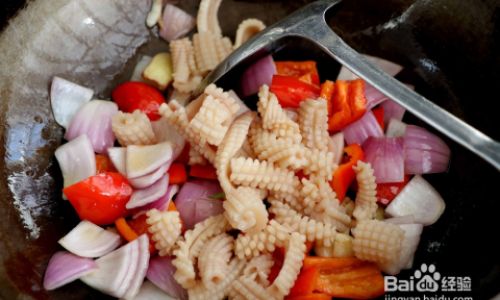
- Ingredients: Fresh squid, Arborio rice, mixed seafood (like shrimp and mussels), white wine, onion, garlic, saffron threads, fresh parsley, and lemon zest.
- Instructions:
- Clean the squid and reserve the bodies. Chop the tentacles finely.
- Cook the Arborio rice in a pot with a bit of olive oil, chopped onion, and garlic until translucent.
- Add the mixed seafood and cook until they are just cooked through.
- Stir in a splash of white wine, saffron threads, and cook until the rice is creamy.
- Season with salt, pepper, and lemon zest. Mix in chopped parsley and the reserved squid tentacles.
- Stuff each squid body with the rice mixture and secure with toothpicks or kitchen twine.
- Bake at 375°F (190°C) for about 25-30 minutes, or until the squid is tender and cooked through.
- Serve with a lemon wedge and a drizzle of extra virgin olive oil.
Conclusion: A Culinary Journey with Squid
Cooking squid at home is not only rewarding but also opens up a world of culinary possibilities. From quick and easy stir-fries to sophisticated stuffed dishes, the versatility of squid allows you to experiment with a variety of flavors and techniques. By following the tips and recipes outlined in this guide, you’ll be well-equipped to create delicious, restaurant-quality squid dishes that will impress even the most discerning palate.
Remember, the key to successful squid cooking is to avoid overcooking, which can turn the flesh rubbery. Always cook until just tender and opaque, and don’t hesitate to experiment with different spices, herbs, and cooking methods to find your perfect squid recipe. Happy cooking!
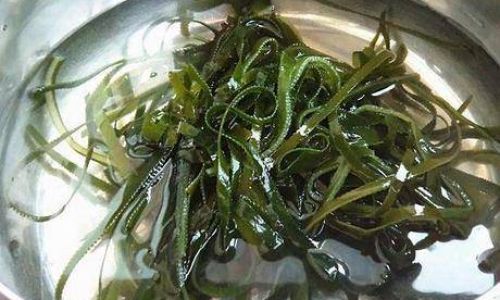
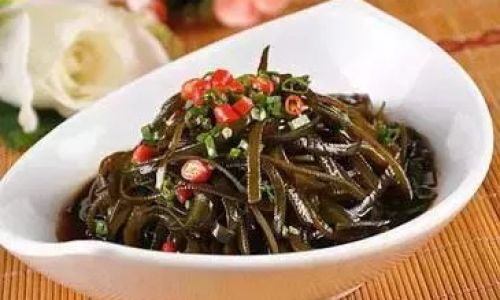
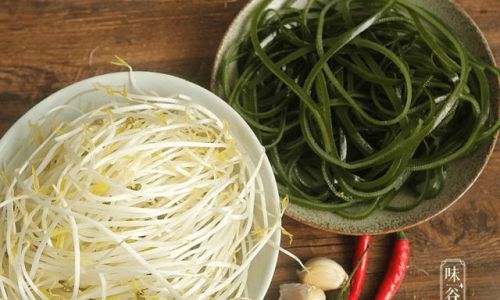
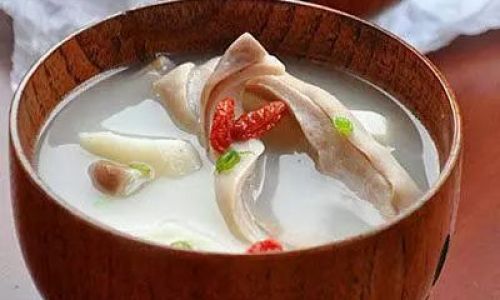

0 comments